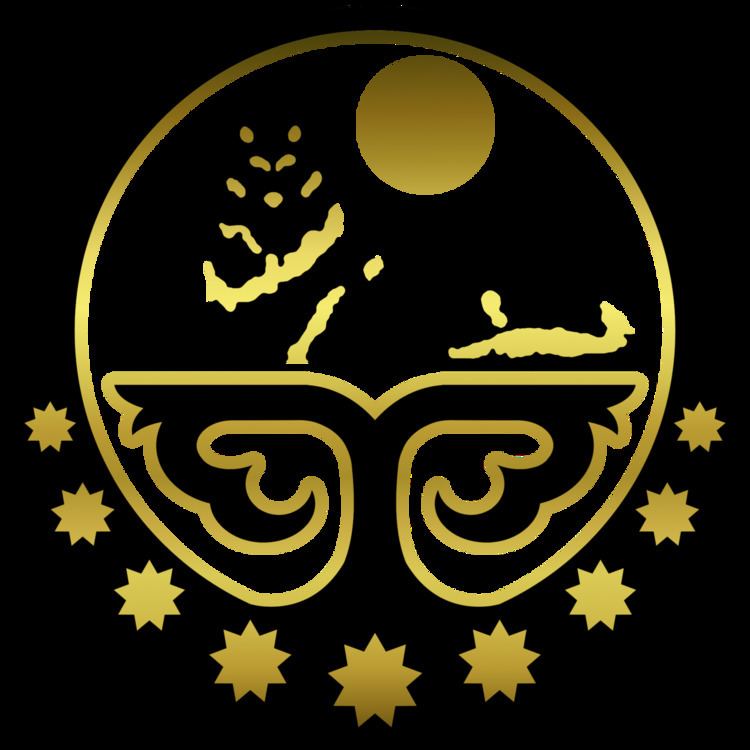 | ||
The gray wolf (Chechen: Borz, pronounced [bo̞ɾz] or [bwoɾz]) is the national animal of the Chechen nation.
Contents
Characteristics of the wolf are also frequently compared to the Chechen people in a poetic or metaphoric sense, e.g. as being "free and equal like wolves", or representing "courage and tenacity", compared to the British "stiff upper lip" by Jaimoukha (2005). The saying of a person having been "raised by the She-Wolf" expresses admirable personality traits. Wolf clans are often equated to Chechen teips.
Mythological
There is one myth that the mythological founder of the Chechen nation, Turpalo-Noxchuo (Chechen Hero, who Chechens are descended from "like sparks of steel"), was raised by a fabled, loving "Wolf Mother".
Old Chechen lore holds that the sheep was actually originally created for the wolf to enjoy, but man "stole" the sheep from the wolf (this is rather interesting considering that many Chechens in the past have in fact been shepherds). According to the ethnographic historian Jaimoukha, in olden times Chechens used to observe a wolf cult that would prevent lupine raids on sheep, by observing Saturday as being a special day.
In insignia and symbols
The wolf is frequently used for insignia and images, as a symbol of the Chechen nation. Common poses involve the wolf howling off the top of a mountain (Chechnya is very mountainous), laying down, or staring at the viewer.
The different poses evoke different symbolism:
Modernly, the coat of arms of the secular separatists in Chechnya bore the wolf. The Islamists later removed it and replaced it with Arabic script, and the Russian-sponsored ruling regime removed it entirely, but the secular government in exile still uses it. In addition, many other insignia of the Chechen nation (of all three governments) use the wolf as a heraldic symbol.
